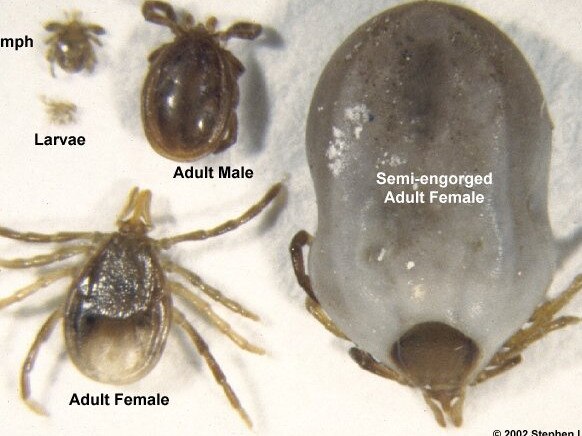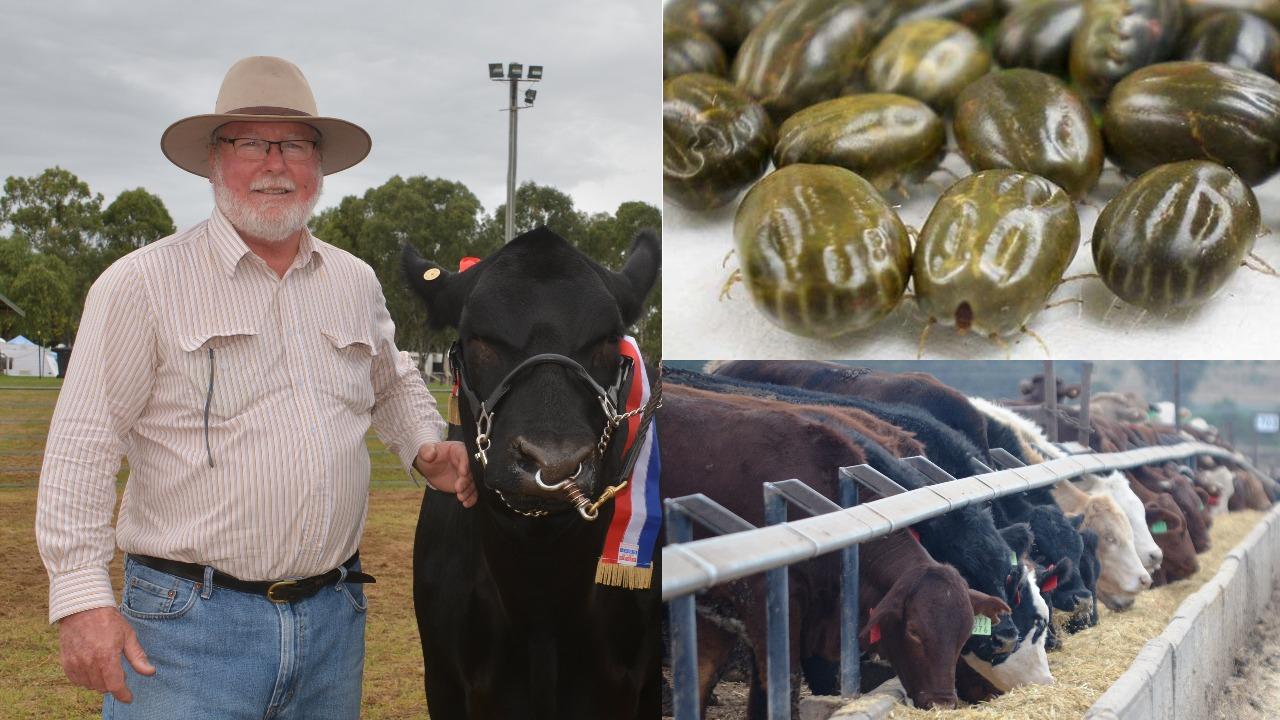Tick anti-venom shortage: What pet owners need to know
A tick resurgence with the change in weather has led to a national shortage of lifesaving anti-venom treatment. See what you can do.

National
Don't miss out on the headlines from National. Followed categories will be added to My News.
A rise in the number of Aussie pets suffering from tick paralysis is putting a huge strain on the national supply of lifesaving anti-venom.
Earlier this month the Australian Veterinary Association issued an alert to its members about what it described as a “nationwide shortage” of antiserum.
“This is a result of a sudden increase in demand due to tick resurgence with the change in weather,” the AVA said in a statement.
“There are anecdotal reports that there may have been some complacency in tick prevention by owners during the winter and drought in many locations, leaving many animals unprotected.
“Concurrently there is one main manufacturer servicing the market and they are at full production capacity.
“Given the problem is affecting all vets you are being asked to refrain from stocking up on the tick antiserum beyond your usual requirements as this will likely exacerbate the problem.”

Dr Nick Jones, director of the Lismore-based Australian Veterinary Serum Laboratories, which produced the tick antiserum, said production was continuing but could not keep up with demand.
“There are a combination of issues; having just had several years of drought and fires and now floods, tick prevention is not top of people’s minds,” he told News Corp.
“Add to this a moist, humid spring, resulting in perfect conditions for the life cycle of paralysis ticks, which are only found on the east coast of Australia.”
Dr Jones said the problem had been compounded by another supplier leaving the market, and also the circulation of misinformation by some groups that anti-venom would not be available until next year.
“Product has been released in November, will be released in early December and again in early January,” he said.

He said cost of living pressures had probably played a role in people not using tick preventions, which cost about $30 to $40 a month, but it was good insurance.
“Intensive treatment of an animal with tick paralysis can be several thousand dollars,” Dr Jones said.
Early signs of tick paralysis in animals include vomiting, changes to the bark or meow and hind limb weakness.
In the later stages symptoms include worsening hind limb weakness and paralysis, changes to breathing, heavy salivation, and coughing, gagging or grunting. Severe tick poisoning can lead to death, especially if left untreated.
“If an owner notices a tick on their pet they should remove it immediately and if any of the signs are present we recommend they contact a vet as soon as possible,” Dr Jones said.
“We also encourage owners to search their pets daily and use any one of the many effective tick preventive products.”
It’s also important to remember that even after a tick is removed from a pet, they can still develop symptoms of poisoning for several days after.




